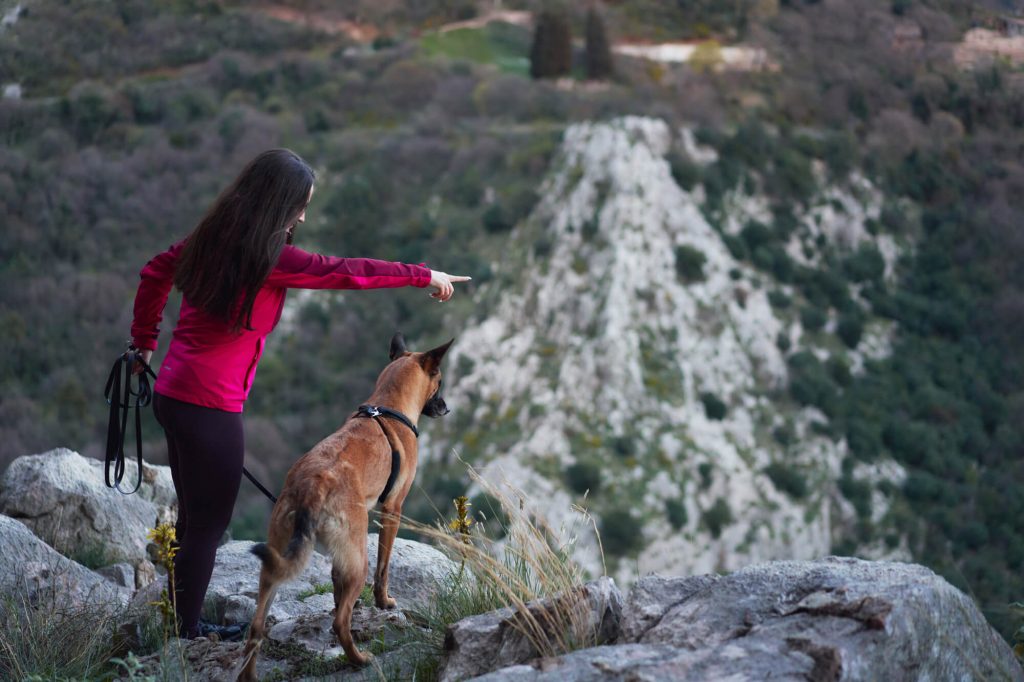
Indeed, non-pull harnesses are undoubtedly beneficial for dogs. They represent a humane, considerate approach to guiding and communicating with our canine companions.
In the past, dogs were often led by their necks or throats, similar to how horses are guided. However, unlike horses which are large animals requiring substantial control, dogs benefit from a more empathetic and less forceful approach.
Non-pull harnesses are akin to a comfortable piece of clothing for dogs – like a shirt, jacket, or vest – but with the added functionality of communication. These harnesses enclose and wrap around the dog’s body, and the simple moving parts within the harness serve as cues to help train the dog.
So, are non-pull harnesses good for dogs? Absolutely. They enable us to interact with our dogs in a safe, loving manner. They ensure that our dogs stay connected to us, maintaining their safety without compromising their comfort. It’s an approach that respects the dog’s well-being while enhancing the bond between human and pet.
Non-pull harnesses, especially those that engage the brachial plexus or the ‘tickle spot’, present a world of benefits compared to other pull control harnesses. The Sporn No-Pull Harness, first of its kind, introduced a moving part that operates on this principle. This feature provides a subtle cue to the dog, assisting us in communicating what we expect from them. Since a dog’s primary focus is on these cues, they respond effectively to them.
Before the Sporn Non-Pull Harness, dog harnesses were simply wraparound devices that ensured the dog’s safety but offered no functionality to aid with pull control, aside from causing discomfort or even pain to the dog. The Martingale harness, for instance, tightens around a dog’s neck when they pull. While this creates a conditioned response in the dog to stop pulling, it essentially functions by choking the dog, a practice many consider cruel.
Since the creation of the non-pull harness category in 1989, numerous imitations have emerged. Some of these designs have included moving parts intended to capture the dog’s attention. While some of these inventions are better than others, the original Sporn Non-Pull Harness remains the best in class due to its simplicity, speedy communication with the dog, and preservation of the dog’s trachea.
Other designs have sought to control the dog’s direction by pulling their head to either side. While these can be effective, they can also be seen as medieval in their approach. Rather than providing a signal for the dog to change direction, they rely on physical force.
Sporn introduced a head halter that operates on a natural principle: when a dog pulls, a strap around the dog’s muzzle pulls downward, causing the dog’s muzzle to move downward. This action mimics a mother dog’s behavior when she needs to get her pup’s attention or control their movements – she pushes her pup’s head downward. Thus, when a dog’s muzzle is directed downward, they instinctively stop pulling.
In conclusion, non-pull harnesses are beneficial for dogs as they alleviate pressure on the neck and throat. Sporn products, in particular, embody a commitment to communicate and connect with dogs in a loving, effective manner. Their design and function prioritize the dog’s comfort and health, aligning with our priority to serve the dogs as they serve us.
Fitting your non-pull harness involves two key parts – the shoulder assembly and the torso assembly.
When your dog pulls, the restraints tighten under its front legs, triggering the pull control reaction. Once the dog stops pulling, you should be able to fit 2 to 4 fingers under the restraints. This is the adjustment for maximum comfort and safety for your dog.
To remove the harness, simply unclip the top of the shoulder assembly and your dog will step out of the restraints. Finally, pull the shoulder assembly over your dog’s head and off.
Getting the right fit with your non-pull harness ensures maximum comfort and safety for your beloved pet.